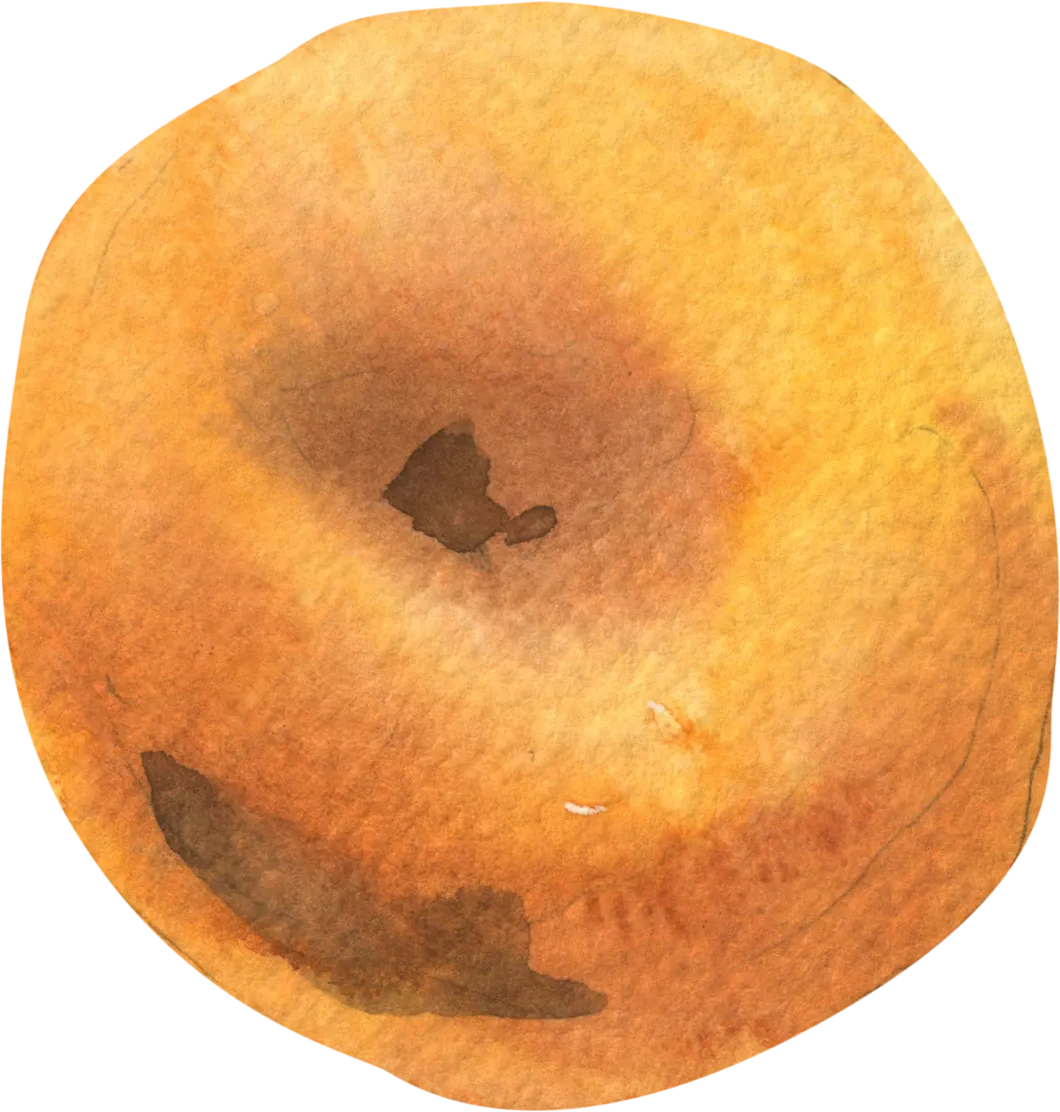The Health Benefits of Sage: A Flavorful Herb with Medicinal Properties
Introduction
Sage is a fragrant, earthy herb commonly used in cooking, especially in Mediterranean and Middle Eastern cuisines. Known for its slightly peppery and savory flavor, sage adds depth to roasted meats, vegetables, and sauces. Beyond its culinary uses, sage has been valued for centuries for its medicinal properties. Packed with vitamins, antioxidants, and anti-inflammatory compounds, sage offers a range of health benefits that make it a powerful herb for both wellness and flavor.
Health Benefits of Sage
- Boosts Brain Health
Sage has long been associated with improving cognitive function and memory. Studies show that compounds in sage, such as rosmarinic acid, can help enhance brain function, making it useful for individuals dealing with memory loss or cognitive decline.
- Rich in Antioxidants
Sage is loaded with antioxidants, including flavonoids and polyphenols, which protect the body from oxidative stress. These antioxidants help neutralize free radicals, reduce inflammation, and lower the risk of chronic diseases.
- Supports Digestive Health
Sage has been traditionally used to treat digestive issues such as bloating, indigestion, and diarrhea. Its anti-inflammatory and antimicrobial properties help soothe the digestive tract, promoting better gut health.
- Promotes Oral Health
Sage is known for its antimicrobial properties, which can help reduce bacteria in the mouth and promote oral health. Sage-infused mouthwashes or teas can help alleviate sore throats, gingivitis, and mouth ulcers.
- Anti-Inflammatory Properties
Sage contains compounds such as camphor and carnosic acid, which have strong anti-inflammatory effects. Consuming sage may help reduce inflammation in the body, which is beneficial for individuals with conditions like arthritis or muscle pain.
Creative Ways to Enjoy Sage
Sage is a versatile herb that can be used in both fresh and dried forms:
- In Roasts: Add fresh sage to roasted chicken, pork, or turkey to infuse the meat with a deep, savory flavor.
- In Soups: Toss fresh or dried sage into soups and stews for an aromatic, earthy note that complements root vegetables and beans.
- In Herbal Teas: Brew sage leaves in hot water for a calming herbal tea that aids digestion and soothes the throat.
- In Sauces: Add sage to brown butter sauces to enhance the flavor of pasta or gnocchi dishes.
- In Baked Goods: Use sage in savory breads or biscuits to add a unique, aromatic flavor.
Conclusion
Sage is not only a flavorful herb that elevates dishes but also a potent medicinal herb with numerous health benefits. From boosting brain function and supporting digestive health to promoting oral care and reducing inflammation, sage is a valuable addition to both your kitchen and wellness routine. Whether used fresh or dried, sage is a versatile herb that offers a wealth of flavor and health benefits.
FAQs About Sage
- Is sage good for weight loss?
Yes, sage is low in calories and contains compounds that aid in digestion and reduce bloating, making it a beneficial addition to a weight-loss diet.
- How should I store sage?
Store fresh sage in the refrigerator, wrapped in a damp paper towel or in a plastic bag. Dried sage should be stored in an airtight container in a cool, dark place.
- Does sage lose nutrients when cooked?
Sage retains most of its nutrients when lightly cooked or used as a garnish. However, prolonged cooking may reduce some of its antioxidant properties.
- Is sage AIP diet compliant?
Yes, sage is compliant with the AIP diet and can be safely consumed by individuals following the autoimmune protocol.
- Is sage Low-FODMAP?
Yes, sage is considered Low-FODMAP and is safe for individuals with digestive sensitivities.
- Is sage Low Histamine?
Sage is generally considered low in histamine and well-tolerated by individuals with histamine intolerance.
- Is sage Keto-friendly?
Yes, sage is keto-friendly due to its low carbohydrate content, making it a great herb for flavoring low-carb dishes.
Recipes
Check out our meal planning service by following these recipes:
Pasta with Butter, Sage and Parmesan









